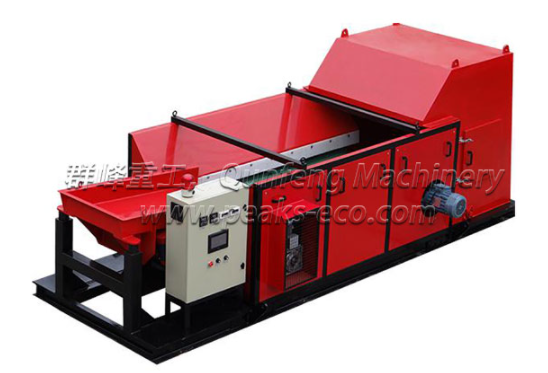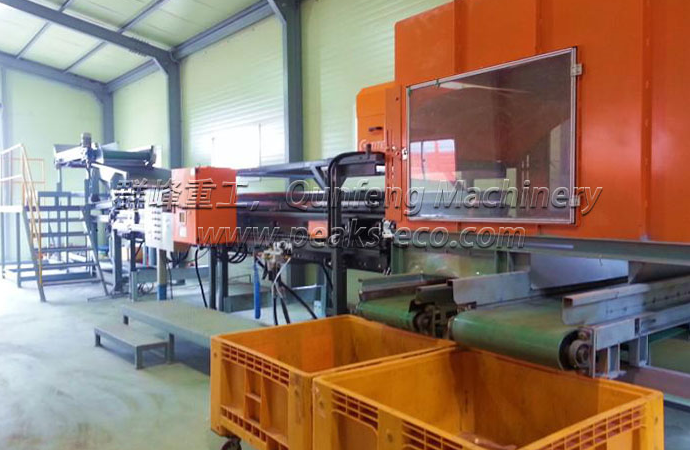The design of the Eddy Current Separator permanently changed the landscape of metal recycling by making it much easier and more efficient to separate and recover highly valuable non-ferrous metals like copper and aluminum. The first Eddy Current Separator was developed by the Bird Group, a UK-based metal recycler, in 1981. The development of the Eddy Current Separator was so significant that it resulted in the Bird Group being presented with the Prince of Wales’ Award for Technology and Innovation and the Tomorrow’s World Award for Technological Development and Innovation. In the years that followed its initial invention, Eddy Current Separator technology has continued to grow and evolve.
How does it work?
An Eddy Current Separator works by utilizing high-strength magnetic forces that repel and eject non-ferrous metals. Examples of materials separated by an Eddy Current Separator include aluminum soda cans, aluminum foils in discarded packaging, and different sizes of scrap metal and wire from ASR and ICW automotive, appliance, and electronic recycling applications.
Eccentric Rotors
An Eddy Current Separator utilizing an eccentric magnetic rotor design mounts a smaller rotor in the top quadrant of the non-metallic shell. In this design, attracted magnetic material will move through a diminishing magnetic field until it ultimately reaches a point where it falls away from the belt. This ferrous metal then often discharges into the non-metallic fraction. But, even in this scenario, upstream magnetic separation is critical to minimize the amount of ferrous material coming in contact with the Eddy Current field.
Concentric Rotors
An Eddy Current Separator using a concentric magnetic rotor design has a magnetic rotor that maintains the same gap between the outer non-magnetic shell and the internal magnets throughout the entire circumference of the rotor. The high-strength magnetic rotor is constructed with powerful neodymium rare earth magnets that hold ferrous metal tightly in place—at the expense of making it difficult to discharge from the belt. Additionally, because of the high-speed rotating magnetic field, a ferrous metal that cannot be discharged instead remains on top of the belt at the bottom point of the magnetic rotor. Because the magnetic field is constantly rotating and changing, the metal vibrates and becomes very hot. As a result, once the conveyor belt stops, this red hot ferrous metal can easily burn a hole through the belt and onto the non-metallic shell’s surface. Over time, continuous wear resulting from ferrous metal will lead to deterioration and holes on the non-metallic shell’s surface. Then, attracted ferrous metals will pass through these holes and attach to the rotor magnets, leading to the catastrophic failure of equipment. So, in these scenarios, it is important to have maximum magnetic separation of the material upstream before the stream lands on the Eddy Current belt.
We are an Eddy Current Separator supplier, please contact us if you need them.

